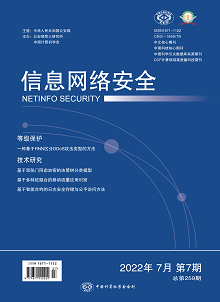Hyperledger Fabric is an open source distributed ledger platform, which not only takes advantage of the tamper-proof and distributed accounting features of the public chain, but also incorporates advantages such as identity recognition, data confidentiality, low latency and high throughput. The chaincode in the traditional Fabric architecture lacks a secure execution environment, and its container operating environment will bring the risk of privacy leakage. And the existing smart contract privacy protection scheme cannot be applied to the Go language chaincode architecture, and there are defects such as high performance overhead. Therefore, a method and framework were proposed for constructing a lightweight trusted execution environment for Fabric chaincode based on SGX-called E-Fabric, which built trusted images and containers that supported native Go language, created trusted execution environment for chaincode, and verified whether the chaincode was trusted through the remote attestation protocol. Theoretical evaluations and experimental tests show that the creating of the SGX Enclave will increase the overhead. Compared with the original Fabric network, the E-Fabric’s latency increases by about 8%, the throughput decreases by about 4%, and the overall performance can reach 94% of the original Fabric network. At the same time, E-Fabric has a small trusted computing base and stronger security.

